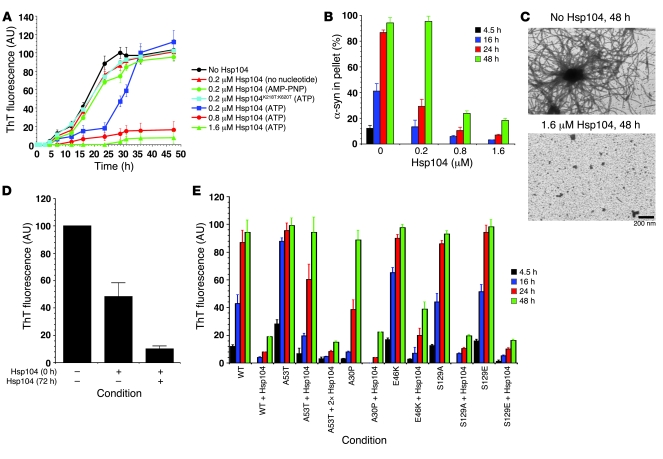Figure 5. Hsp104 inhibits α-syn fibrillization.
(A and B) Kinetics of rotated (80 rpm) α-syn (80 μM) fibrillization at 37°C without or with either Hsp104 (0.2–1.6 μM) plus ATP and regeneration system (20 mM creatine phosphate and 0.1 mg/ml creatine kinase), Hsp104 (0.2 μM) with no nucleotide, Hsp104 (0.2 μM) plus nonhydrolyzable ATP analogue (AMP-PNP), or Hsp104K218T:K620T (0.2 μM) plus ATP and regeneration system. Fibrillization was measured by ThT fluorescence (A) or sedimentation analysis (B). Values represent mean ± SD; n = 3. (C) EM of α-syn (80 μM) fibrillization at 37°C for 48 hours without or with Hsp104 (1.6 μM) plus ATP and regeneration system. Scale bar: 200 nm. (D) α-syn (80 μM) was incubated for 96 hours with rotation at 37°C in the presence or absence of Hsp104 (1.6 μM) plus ATP and regeneration system. After 72 hours, reactions were either supplemented with buffer or fresh Hsp104 (1.6 μM). Fibrillization was measured by ThT fluorescence. Values represent mean ± SD; n = 3. (E) Fibrillization kinetics of wild-type, A53T, A30P, E46K, S129A, and S129E α-syn (80 μM) in the presence or absence of Hsp104 (2 μM) plus ATP and regeneration system. Another reaction contained A53T (80 μM) plus Hsp104 (4 μM) with ATP and regeneration system. Reactions were rotated (80 rpm) at 37°C. Fibrillization was measured by ThT fluorescence. Values represent mean ± SD; n = 4.

